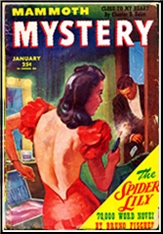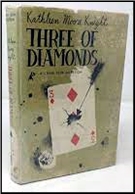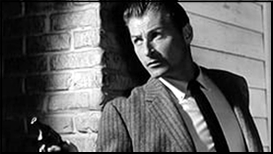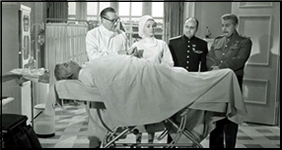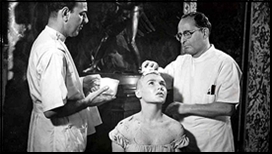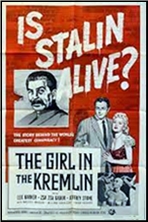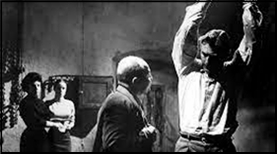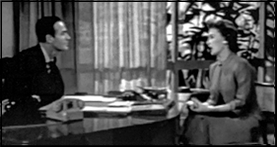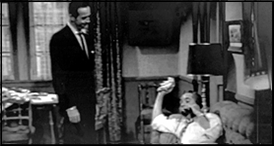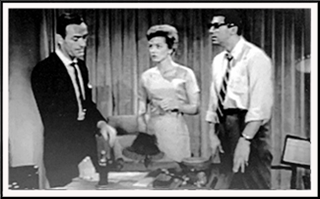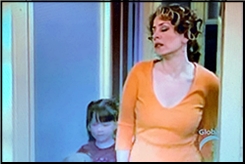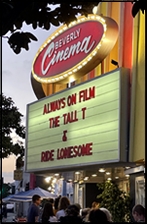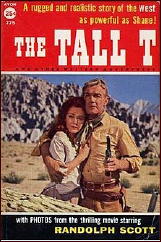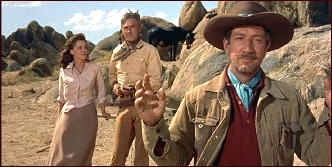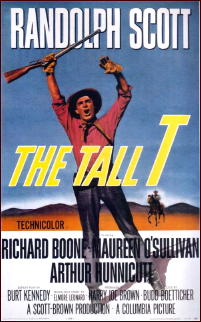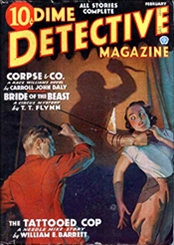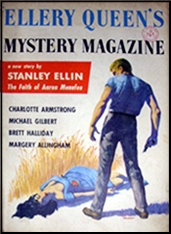Wed 4 Oct 2023
GIL BREWER – The Red Scarf. Crest 310; paperback reprint, July 1959; cover art by Robert McGinnis. Hardcover: Mystery House, 1958. Stark House, paperback, 2-in-1 edition with A Killer Is Loose, June 2018. First published in Mercury Mystery Book-Magazine, November 1955 (probably abridged).
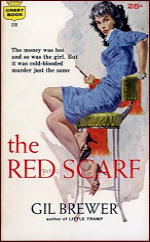
Roy Nichols has a dream. A mediocre dream, maybe. But it’s his. To run a motel with his wife, who he adores. He’s got the motel. And he’s got the wife. The problem is, the motel is in the red, and the bank’s gonna foreclose if he can’t come up with a lump sum quick.
So Roy visits his rich brother. Who turns him down. I’m doing it for you, he says. Wouldn’t want to hurt your pride by giving you the money. Plus, it’s bad for you to be beholden to anybody. Best thing is to pull yourself up by your bootstraps — stop relying on other people to bail you out.
So that’s that. No money. And he doesn’t know what the hell he’s gonna do now. Except lose the hotel, and his dreams, and disappoint his wife who deserves better. Who deserves the world.
He decides to hitchhike home to save what little money he has left.
There’s a Bonnie & Clyde looking couple at the greasy spoon, and he flirts with the sexy Bonnie and gloms himself a ride. Then they crash and there’s a briefcase. With all the money you’d ever need. Plenty to pay off the bank and much besides.
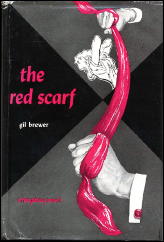
But the money ain’t free and clear. It’s mob money. And hot.
The Clyde-looking guy looks asdead as a crash test dummy, so our protagonist and the Bonnie-looking lass make a run for it. To help her get away, she promises half the money. And all of her body. And he accepts. Lustily.
He hides her out in a room in his motel. And the mob shows up.
Roy Nichols is such an asshole it’s hard to root for him. He says he loves his wife, and she is clearly devoted to him, and beautiful. Yet he’s a complete douchebag, sleeping with whatever the cat dragged in and lying about it. If he reminds me of anybody, maybe it’s William H. Macy in Fargo. He’s a greedy wimp. He’s hard to root for.
So when the mob comes to town you figure he’ll finally wake up and get the cops involved. But no. Not Roy Nichols! He’s going to outsmart the mob, pay off his bank loan, and things are gonna be milk and honey from here on out.
Except the mob isn’t nearly as stupid as Roy Nichols thinks. And neither is his wife.
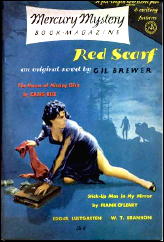
He’s a loser who keeps on losing. You don’t like him enough to care if he succeeds. You don’t hate him enough to care if he fails. So, at the end of the day, I just didn’t care what happened one way or the other.
You’ve heard of love/hate relationships. With Gil Brewer I wouldn’t go that far. I’ve got more of a somewhat-appreciate/hate relationship with him. A Killer Is Loose and 13 French Street are quite successful in their way. Kind of perverted John D. MacDonald/Jim Thompson standalones. Which is high praise.
But Brewer’s always got a creepy vibe. His protagonists are all lecherous. Even when they think they’re being stand-up guys, every woman they see, they want. And not in an upfront Mike Hammer way. More in a side-eyed repressive lust that takes whatever’s there, and wants whatever isn’t. Vulturous. Sepulcherous. Whatever carrion it can carry away.
It just leaves me standing there. Mouth agape. Rubber-necking. Shaking my head in disgust.



